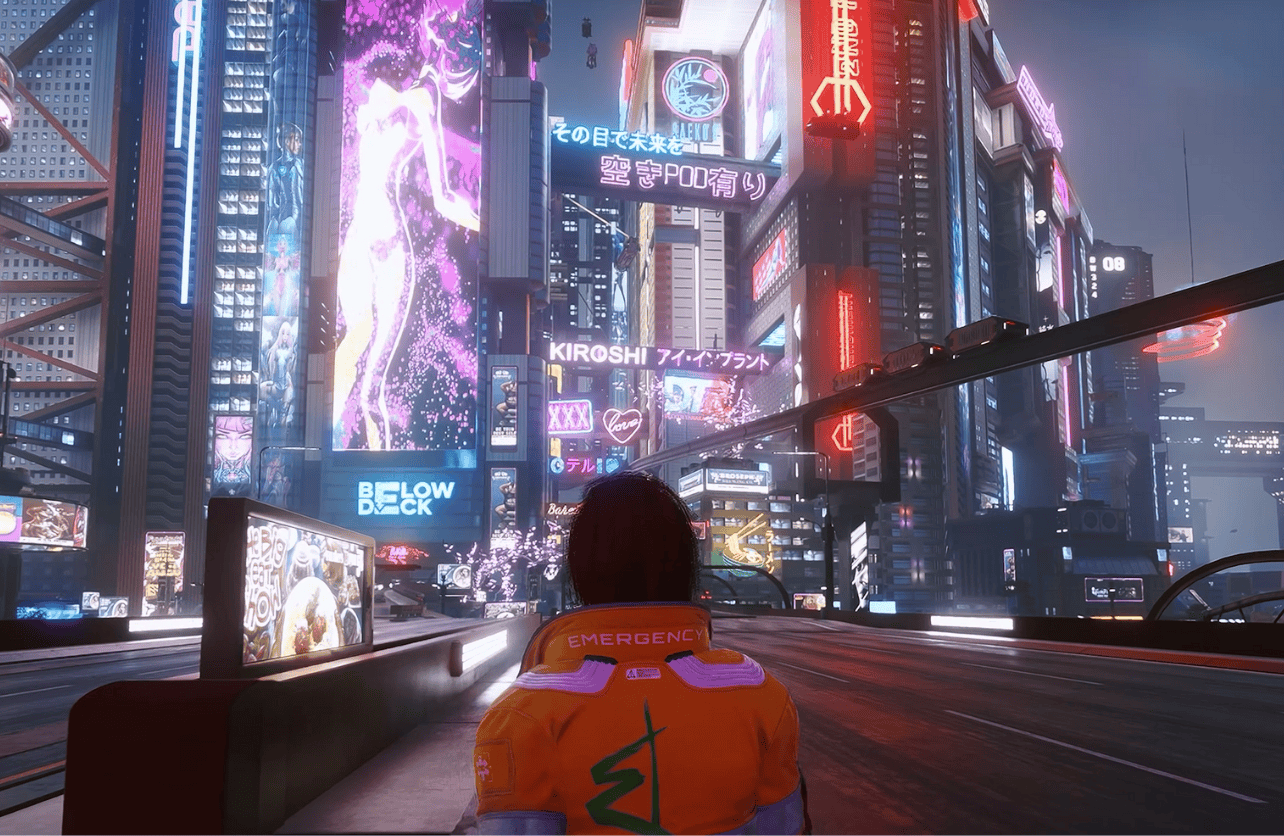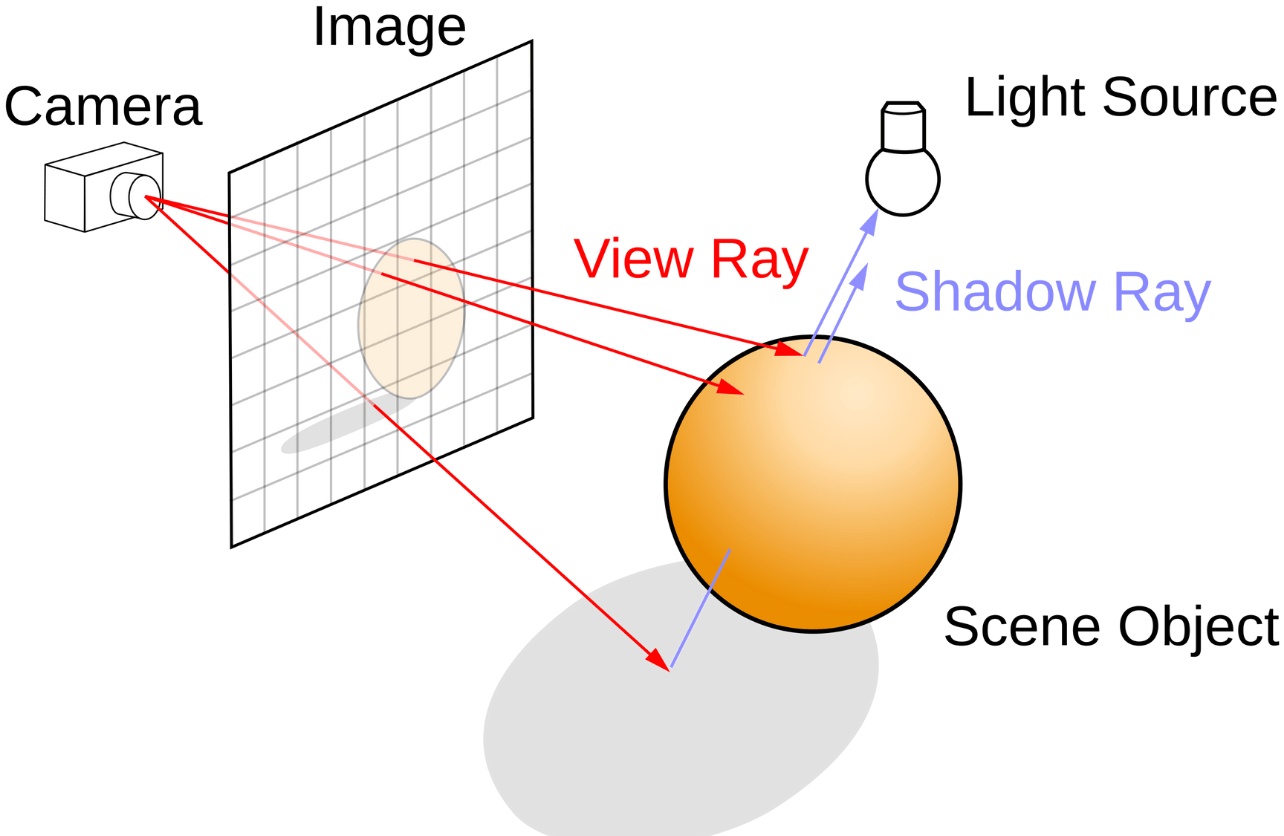What Is Ray Tracing?

Ray tracing is one of the most significant advancements in computer graphics, enabling ultra-realistic lighting, shadows, and reflections in digital environments. Once limited to high-budget film production and professional rendering, this technology has now made its way into real-time applications like video games, thanks to advancements in graphics processing. But what exactly is ray tracing, how does it work, and why is it so transformative for digital visuals?
Understanding Ray Tracing
At its core, ray tracing is a rendering technique that simulates the behavior of light to create realistic images. Unlike traditional rasterization methods, which approximate lighting by using precomputed techniques and shaders, ray tracing follows the path of light rays as they interact with objects in a scene. This allows for a more accurate representation of how light behaves in the real world, producing natural-looking reflections, shadows, and refractions.
In essence, ray tracing calculates the way light would bounce off surfaces, pass through transparent objects, and cast shadows, mimicking real-world lighting physics. The result is greater realism, as elements such as soft shadows, ambient occlusion, and reflections appear more naturally compared to traditional rendering methods.
How Ray Tracing Works

Ray tracing works by simulating light rays traveling from the camera (or viewer’s perspective) into a 3D scene. For each pixel in the image, the system traces one or more rays and calculates how they interact with objects. These interactions include:
- Reflection – Light bounces off reflective surfaces, creating realistic mirror effects.
- Refraction – Light bends as it passes through transparent objects like glass or water.
- Shadows – Light is blocked by objects, producing realistic soft or hard shadows depending on the light source.
- Global Illumination – Light rays bounce off multiple surfaces, illuminating an entire scene with natural-looking indirect lighting.
Since each light ray needs to be individually calculated, ray tracing is computationally intensive. This is why, for many years, it was primarily used in pre-rendered graphics, such as animated films and CGI in movies, where rendering time was not a limitation.
Ray Tracing vs. Rasterization
Before real-time ray tracing became viable, most graphics relied on rasterization, a rendering technique that converts 3D models into 2D images using a series of approximations. Rasterization is significantly faster than ray tracing because it does not trace individual light rays; instead, it relies on precomputed lighting models, textures, and shaders to simulate lighting effects.
While rasterization is efficient, it struggles to accurately depict certain visual effects, particularly reflections and shadows. Game developers often had to use workarounds, such as baked lighting maps and screen-space reflections, which can look convincing but lack true physical accuracy.
Ray tracing eliminates these approximations by directly simulating how light interacts with objects, producing much more realistic visuals. However, the trade-off is performance—real-time ray tracing requires significant computational power, which only recently became feasible with the advent of modern GPUs.
Real-Time Ray Tracing: How It’s Possible Today
For many years, ray tracing was too demanding for real-time applications like gaming. Rendering a single high-quality frame using ray tracing could take minutes or even hours in traditional CGI workflows. However, recent advancements in graphics hardware and AI-driven optimizations have made real-time ray tracing possible, bringing Hollywood-level visual fidelity to video games and interactive applications.
Key Technological Advances That Enabled Ray Tracing in Games
- Ray Tracing Hardware in GPUs – NVIDIA’s RTX series introduced dedicated RT Cores, specialized processors designed to accelerate ray-tracing calculations. AMD followed with RDNA-based GPUs that also support ray tracing.
- AI-Powered Upscaling (DLSS & FSR) – NVIDIA’s Deep Learning Super Sampling (DLSS) and AMD’s FidelityFX Super Resolution (FSR) use AI to render games at lower resolutions and upscale them, improving performance while keeping ray-traced visuals sharp.
- Hybrid Rendering Approaches – Most modern games use a hybrid rendering approach, combining ray tracing with rasterization to balance performance and image quality. Instead of tracing every light ray, only specific effects (like reflections or shadows) use ray tracing while the rest of the scene is rendered with traditional methods.
Where Ray Tracing is Used
Ray tracing is no longer just a technology reserved for Hollywood studios. It has found applications in various fields, from gaming to architecture and beyond.
Video Games
Games like Cyberpunk 2077, Control, Minecraft RTX, and Alan Wake 2 showcase the power of real-time ray tracing. By enhancing reflections, global illumination, and shadows, these games offer a level of realism that was previously unattainable in real-time environments.
Film & Animation
Ray tracing has been a staple in the film industry for decades. Animated films from studios like Pixar and DreamWorks use ray tracing to create realistic lighting effects that make CGI scenes indistinguishable from real life.
Architecture & Design
Architects and designers use ray tracing in 3D modeling software like Autodesk 3ds Max, Blender, and Unreal Engine to create highly realistic visualizations of buildings and interior spaces.
Scientific Visualization & Simulations
Ray tracing is also used in scientific fields, such as medical imaging and physics simulations, where accurate light behavior is essential.
The Future of Ray Tracing
With ongoing advancements in graphics hardware and AI-driven optimizations, ray tracing is becoming increasingly mainstream. As GPUs continue to improve, we can expect more games and applications to fully integrate real-time ray tracing. The introduction of next-gen consoles like the PlayStation 5 and Xbox Series X has already made ray tracing a standard feature in many AAA titles.
Over time, improvements in efficiency and AI-assisted rendering will allow for even greater adoption, making photorealistic graphics more accessible without the massive performance hit.
Summing Up
Ray tracing represents a major leap forward in digital graphics, offering unparalleled realism in lighting, shadows, and reflections. While it was once too demanding for real-time applications, advancements in GPU hardware, AI-powered upscaling, and hybrid rendering techniques have made it possible for modern games and interactive media.
As technology continues to evolve, ray tracing is set to become the new standard for high-quality visuals, bringing us one step closer to true-to-life digital experiences. Whether in gaming, filmmaking, or architectural visualization, ray tracing is shaping the future of computer graphics.
Your Trust, Our Core Commitment
At Rising Tech, earning and maintaining your trust is the cornerstone of our mission. We're dedicated to transparency, impartiality, and the relentless pursuit of truth in every article, review, and recommendation we publish. Our commitment to these principles ensures that you, our valued reader, are always equipped with reliable and unbiased information. Let us be your trusted guide in the ever-evolving world of technology.